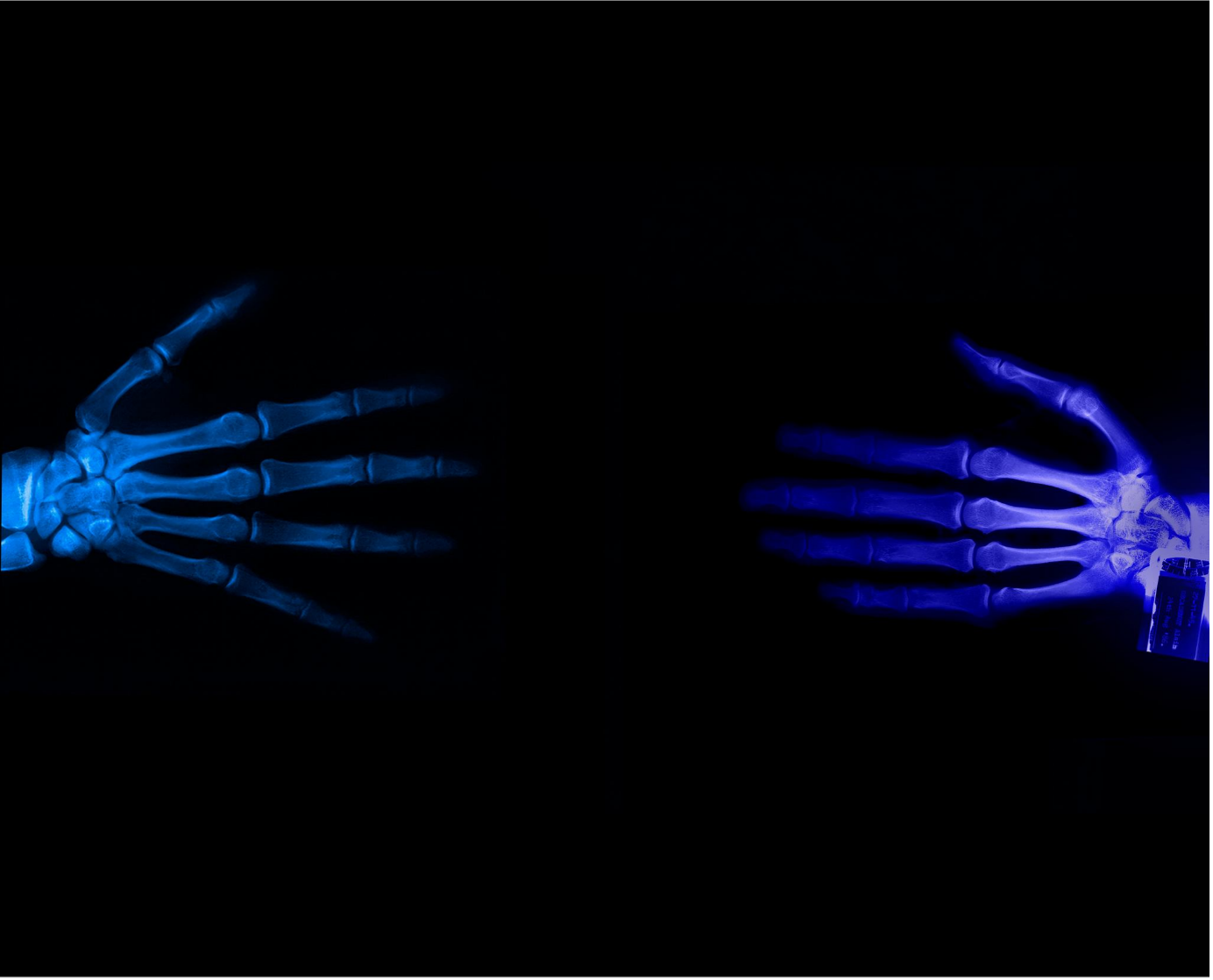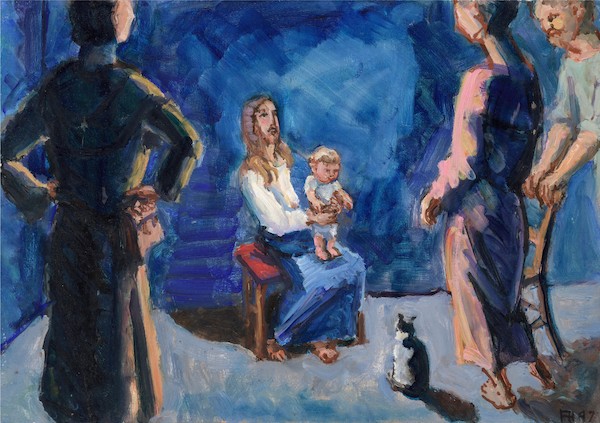.jpeg)
The Transcendental Dimension Becomes Tangible
The cavernous field chapel of the renowned Swiss architect Peter Zhumtor in the German village Mechernich-Wachendorf in the Eifel area near Cologne (2007) has grown into an unrivalled building that makes the transcendental dimension tangible.
That remarkable five-sided construction of twelve metres high was set in place just below the crest of a hill. Parking for visitors is available in the valley at one and a half kilometres distance, which enables a slow initiation. This is because the building is not immediately obvious as a chapel and, from a distance, looks more like a grain silo or water tower.
.png)
Zhumtor designed a tent form of 112 tree-trunks, around which he had put 24 layers of crushed concrete of half a metre each. Within the concrete construction were 350 tube-shaped openings. Next the tree-trunks were burned, so that they disappeared. The fire continued to smoulder for three weeks, while the smoke escaped via the open roof. As the chapel has no roof, it can actually rain inside.
.jpeg)
If you close the triangular door – of which the hinge is attached to only one point – behind you, you will find yourself via a short corridor in the open, cavernous prayer room. The sparse illumination is effected by means of blown glass balls at the end of the 350 tube-shaped openings – whereby the funnel-shaped volume is like a starry sky – with at the top an opening of light in the shape of a tear. The combination of the rough, blackened texture and the surprising play of light – whereby the visitor is instinctively drawn towards the light above – provides that small human-sized space with a spiritual dimension. The architecture is so overwhelming that you spontaneously fall silent here.
.jpeg)
.jpeg)
In the field chapel of Peter Zhumtor, believers see in the light above an allusion to God. Here a way out is offered in the darkest night of life – a tear of compassion. And when the light streams inside when the three-cornered entrance door is opened, it looks like the resurrection. However, also unbelievers are not left untouched by the space. Zhumtor makes the transcendental or cosmic dimension tangible in a unique manner.
**********
PRACTICALLY – The Brother Klaus Field Chapel in Mechernich-Wachendorf in Germany (near Cologne) is accessible every day without charge.
Peter Zumthor (b. 1943 in Basel, CH) is a Swiss architect and an international authority in his field. In 2009 he was honoured for his complete oeuvre with the Pritzker Architecture Prize. Zumthor was the son of a cabinetmaker and he also learned this trade. Starting in 1963 he studied at the Kunstgewerbeschule (Arts & Crafts School) in Basel. During the middle 1960’s minimalism was coming to the fore and he became interested in architecture. In 1966 he studied at the Pratt Institute in New York. After his studies he worked on restoration projects for the conservation of monuments in the Canton of Graubünden. In 1979 he started his own architectural office in Haldenstein, Switzerland. Since 1996 he has also been professor at the Accademia di Architettura in Mendrisio, Switzerland. Zumthor’s buildings excel in the sophisticated texturing of materials and the play of light and craftmanship.
Koenraad De Wolf (1956) is a Belgian historian and publicist. He has published several books about contemporary religious art. More info can be found on www.koenraaddewolf.be.
ArtWay Visual Meditation 8 November 2020
%20(1).png)












